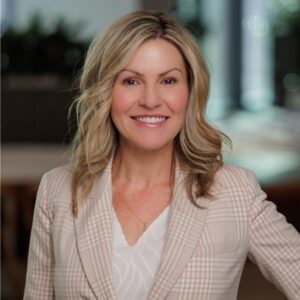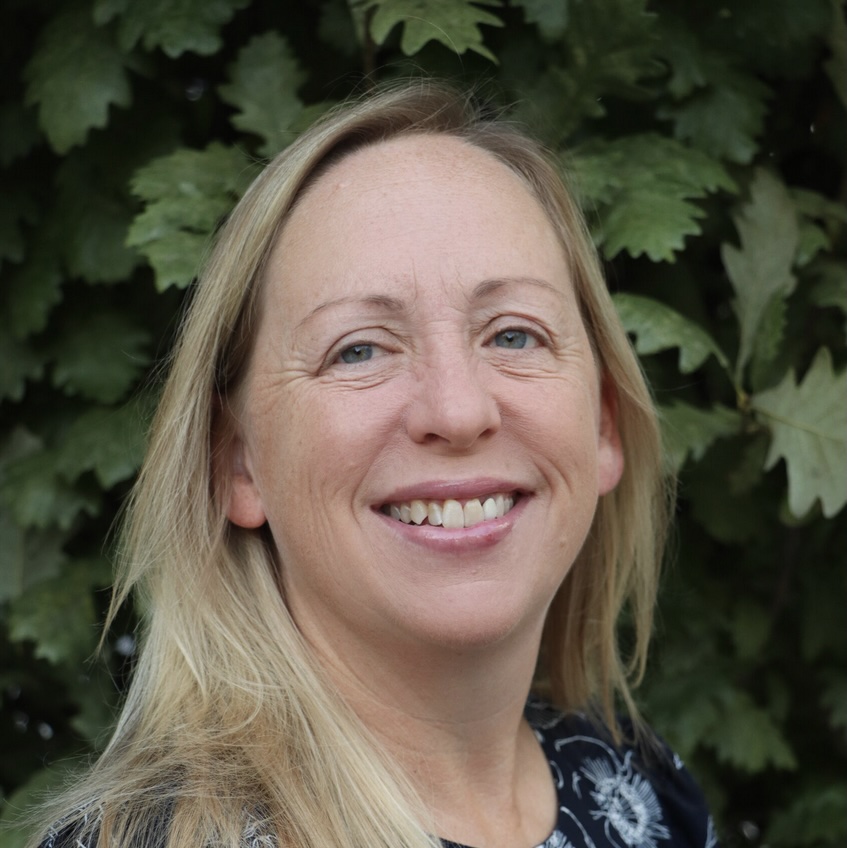If a health system wants to successfully execute a major initiative, there are several components that need to be addressed. And while some are nice-to-haves, others are table stakes.
Standardization falls into the second category, according to Jennifer Stemmler. In fact, it is becoming “a hill to die on,” particularly as care models continue to evolve.
“It creates the ability for us to do things faster, smarter, better, and cheaper,” she said of the massive EHR migration currently happening at Adventist Health, where she serves as Chief Digital and Information Officer.

Jennifer Stemmler
Achieving it, however, is anything but simple, especially when it involves a system with 28 hospitals and 400 clinics across three states – one that’s been using the same EHR for more than two decades. A disruption of this magnitude, according to Stemmler, can’t happen without a clear roadmap, a shared ownership model, and a rock-solid change management strategy. And while her team still has a long way to go before the scheduled go-live of September 2026, they’ve already taken some enormous steps toward integration. During a recent Keynote interview with Sarah Richardson, Stemmler discussed Adventist’s journey and shared practical advice for others in similar situations.
For Adventist, the decision to move away from Oracle Cerner was difficult – Stemmler referred to it as a “saga” that went through multiple iterations – but it was necessary given the organization’s growth. “We needed a platform that was focused on the future,” and could support M&A strategies while also providing a better experience for users. After a substantial time period during which leadership worked closely with the board, Adventist signed an agreement with Epic and has been “full steam ahead” since then.
One key factor that enabled them to hit the ground running, she noted, was a concerted effort to identify and share core objectives. “Let’s be very clear about it so we know how to build something we can measure against,” and emphasizing the reasons behind the migration. “It sounds basic, but it’s a big deal when you’re thinking about the size of the transition and transformation that we’re asking our operators to make.”
And so, along with establishing five primary objectives, leadership created a benefit realization scorecard that included “decision guardrails and escalation points” to help course-correct. Doing so helped “define a framework” for the 77 workgroups across the organization while recognizing the anxiety brought on by a major shift. “A lot of people thought, ‘We’re going to implement Epic? Why now?’” To that end, Stemmler’s team provided a roadmap that they could point to for questions or clarification. “The technology part is the easy part. It’s everything else that goes with it and the operational readiness that’s required.”
The not-so-easy part? Keeping the lid on unauthorized changes. “We’ve got a very tightly controlled budget process; anything that deviates from a specific line item immediately goes up through an escalation track” and is put through the advisory council governance process. “Every part of that structure and organization understands that the decisions they’re making need to be in line with that.”
That’s where Adventist’s mantra of ‘On time, on Epic, on budget, on us” plays a critical role – particularly the ‘on us’ component. “If we don’t own the change or the responsibility, we will never actually see the transformation on the other side, whether it be in the net revenue, the clinician experience or the patient experience change,” she said. “We have no white knight on a horse to come save us. “We are the team that is going to do this. So let’s roll up our sleeves. It’s on us to get this change on the other side.”
With a shared ownership model, individuals tend to be more invested in success – and subsequently, more likely to adhere to tight governance processes, which can lead to improvements in quality. “At the end of the day, they want the outcomes,” she said. “They own it, not me. And that accountability is going to get us to the next level.”
Another core component in Adventist’s early success? Leveraging data to drive decision-making. What that does, according to Stemmler, is “pull feelings out of the decision” and ensure the right choices are being made based on available information. “We’re moving everyone’s cheese with this program. It would be insensitive to think there aren’t feelings involved.”
There certainly were feelings when the decision was made to implement Epic’s Cupid in cardiology rather than sticking with a homegrown CDIS. When it was met with resistance, leadership – including the Chief Clinical Officer, who happens to be a cardiologist – provided hard numbers supporting their choice. “We brought data to the workgroup and said, ‘here’s the impact of keeping the custom solution,” she said. “It’s off budget, because now we’re going to have to pay for these 10 CDIS systems we have all over the market. We presented it that way and tracked it back to a benefit scorecard.”
When it comes to “very emotionally charged decisions,” such as the aforementioned example, the ability to rely on the best practices and standards advisory council has been invaluable, according to Stemmler, and will likely continue to be. “There will inevitably need to be a tie-breaker.”
It also lends further credence to the importance of solid change management, which she believes starts with a foundation of transparency and authenticity.
The first step? Communicating the vision effectively. “We need to help paint a picture of what things could look like,” she said. And once that’s been accomplished, explain their role in reaching that goal. Oftentimes, individuals are too focused on their current work to see “the other side,” which is where leadership – and data – can help tip the scales. “People sometimes make decisions based on fear or historical bias,” Stemmler added. The CXO’s role is to provide a window into the future by focusing on shared goals, and how the changes being made can help meet those goals.
Leaders also need to expect – and even welcome – a certain level of tension, especially when so many stakeholders are involved. “We need to be prepared to have structured conversations around what’s the right thing to do,” she said, noting that Adventist has often had to go through multiple iterations before reaching a conclusion. “When you have multiple teams coming together under a shared goal, there’s tension, but it’s healthy tension.”
The other important part of that is ensuring individuals are empowered to voice concerns. “I always tell my leadership team, ‘don’t be afraid to realize where we have a failure point in the process and suggest a change,’” she added. “We’ve got plenty of room and a long road ahead where we should be able to say, this really isn’t working. We’re not seeing the benefit on the other side.”
On the other hand, when users do see the benefits, it can be a game-changer – as well as further validation that leadership made the right decision. “Once we go live and get past stabilization, if people can see the change that they’ve put all of their muscle and sweat into, it’ll be worth it,” Stemmler noted. And although there will still be much more to do, individuals will have seen the potential, and will have something to build on.


Questions about the Podcast?
Contact us with any questions, requests, or comments about the show. We love hearing your feedback.

© Copyright 2024 Health Lyrics All rights reserved